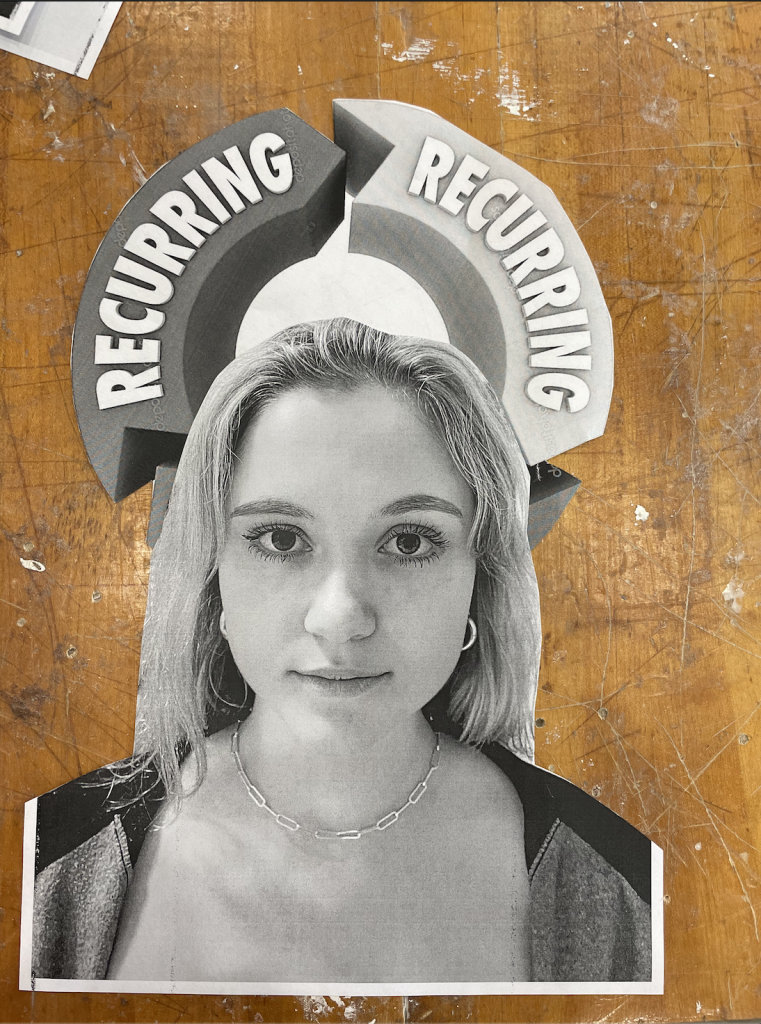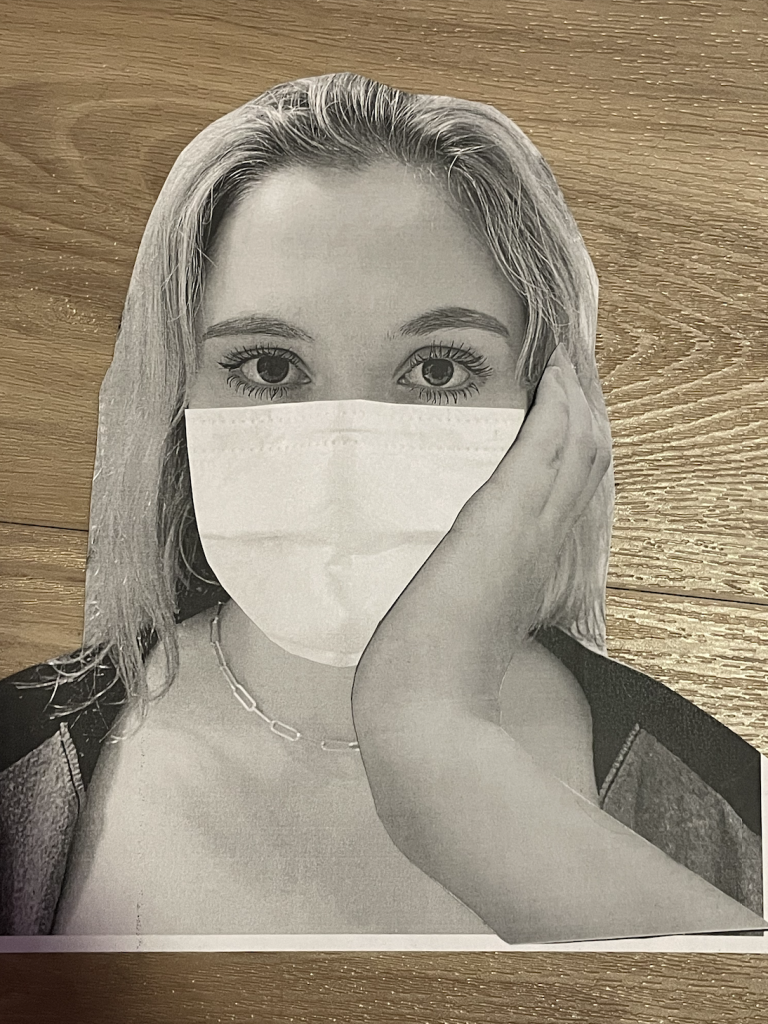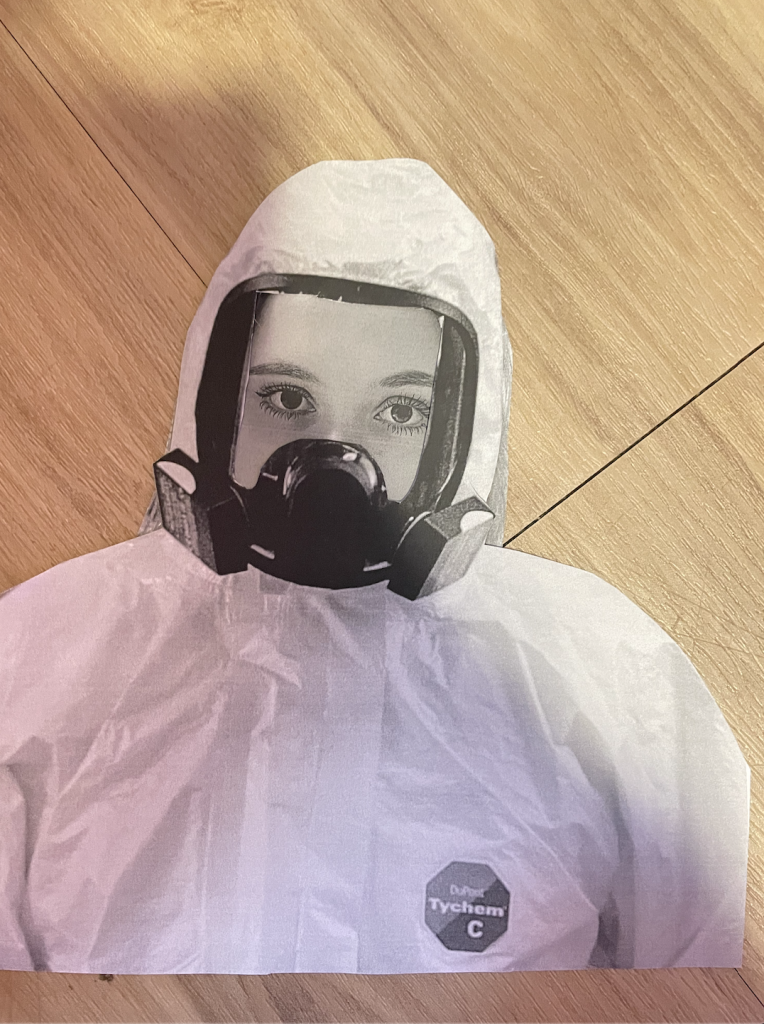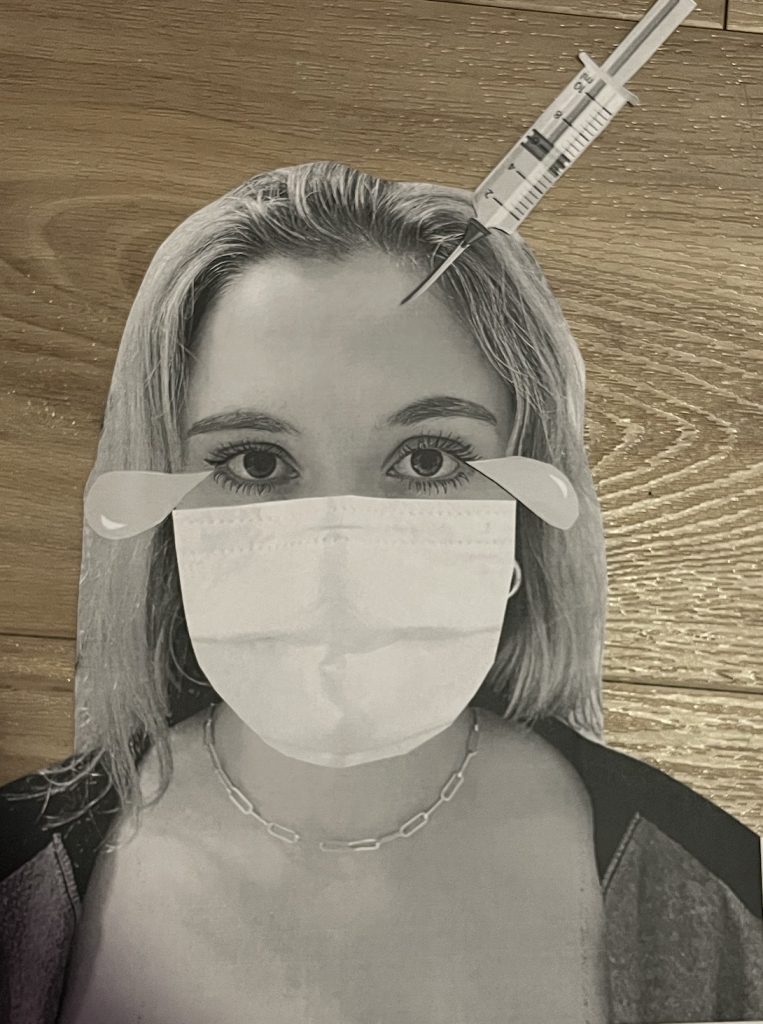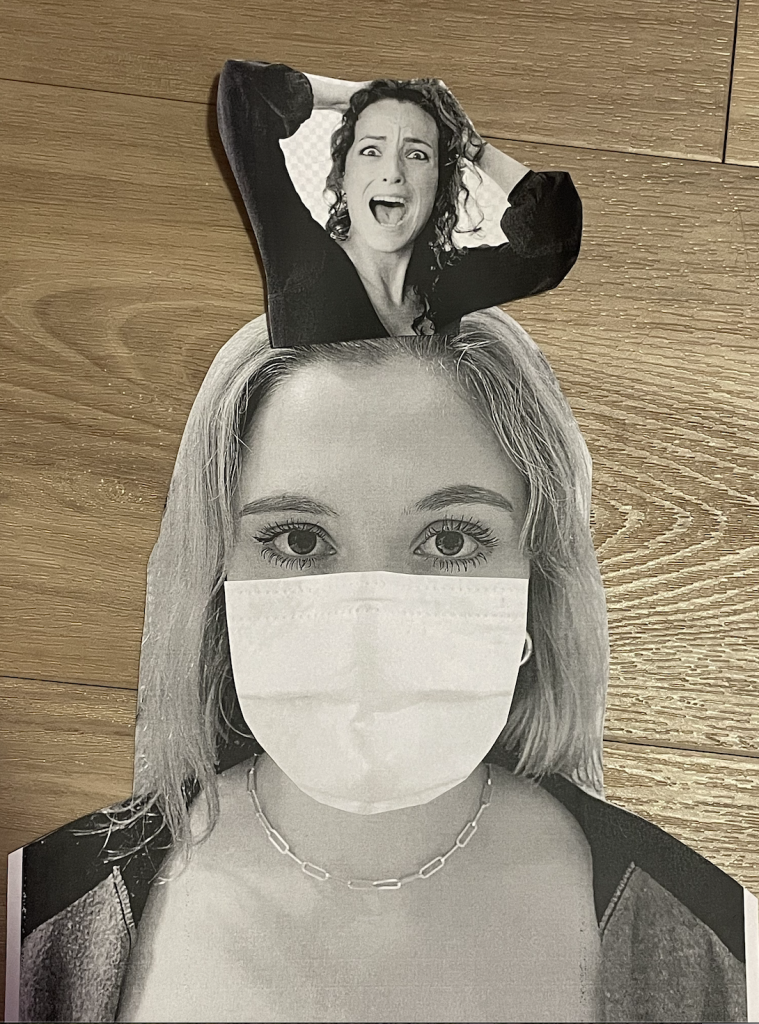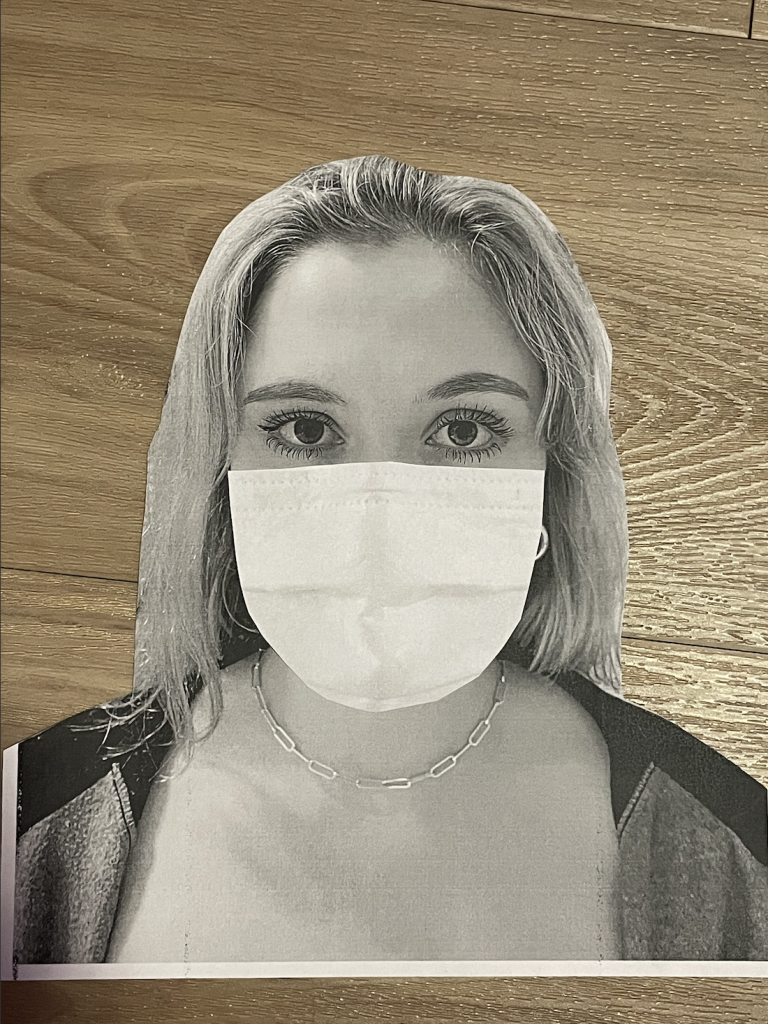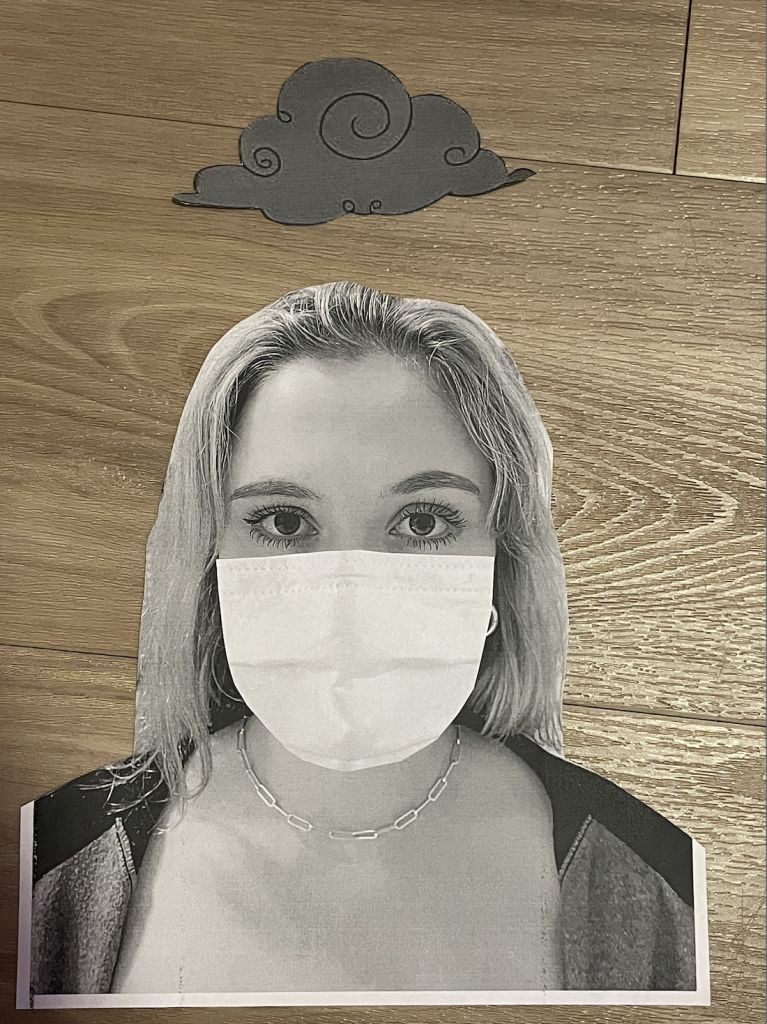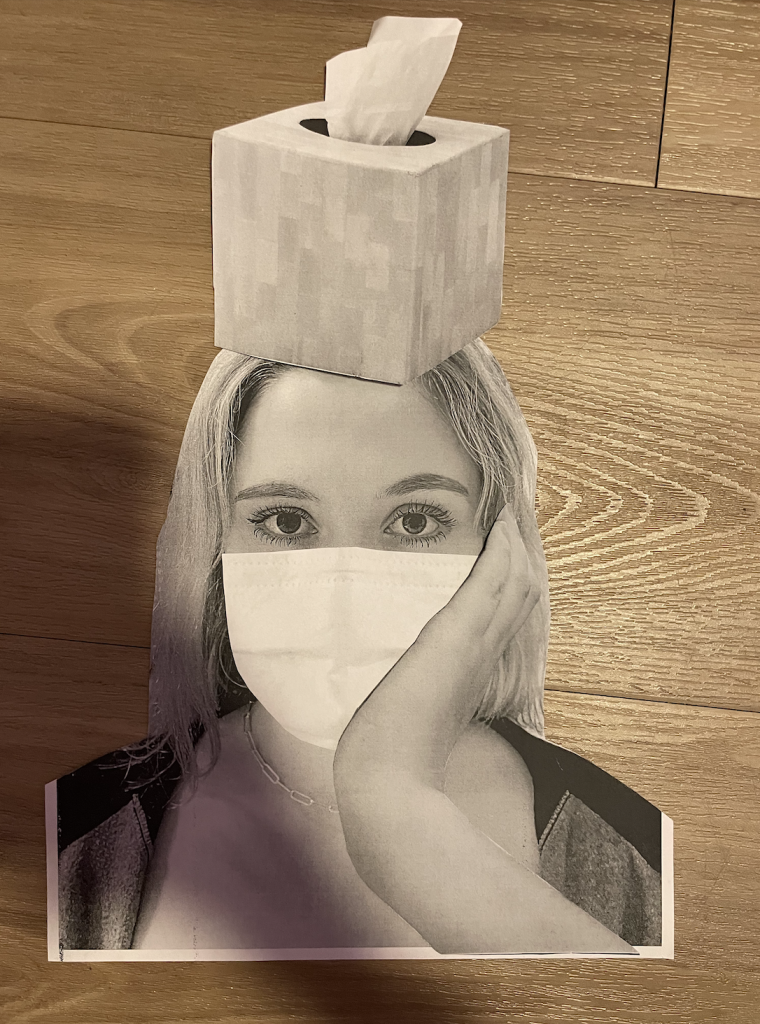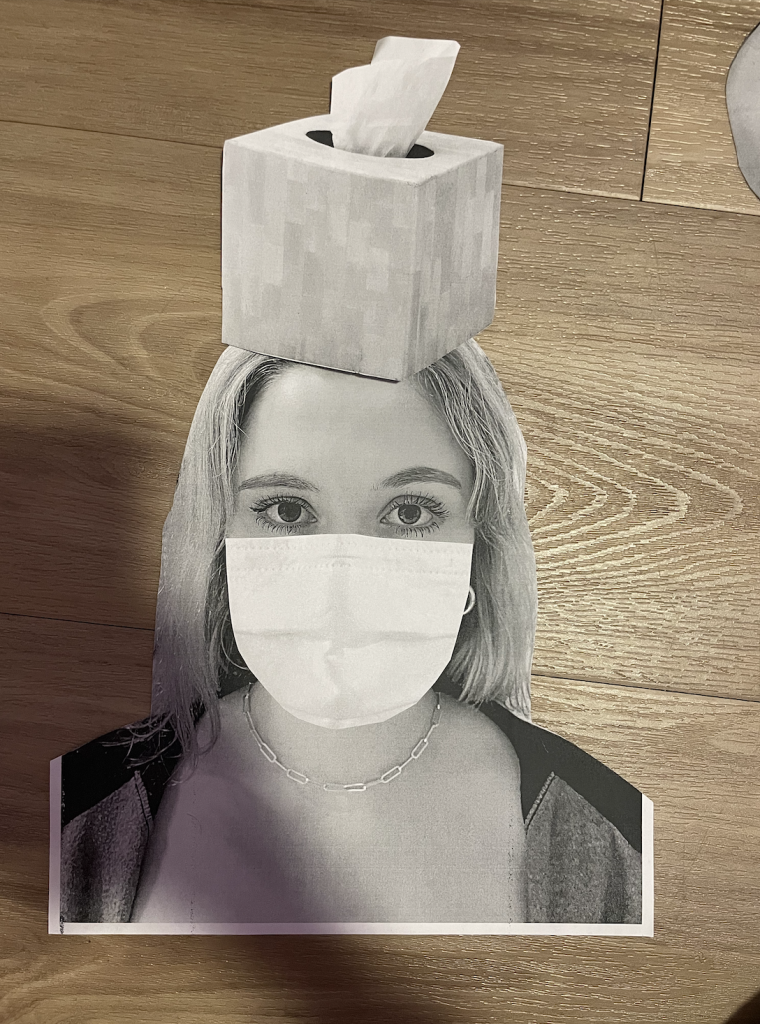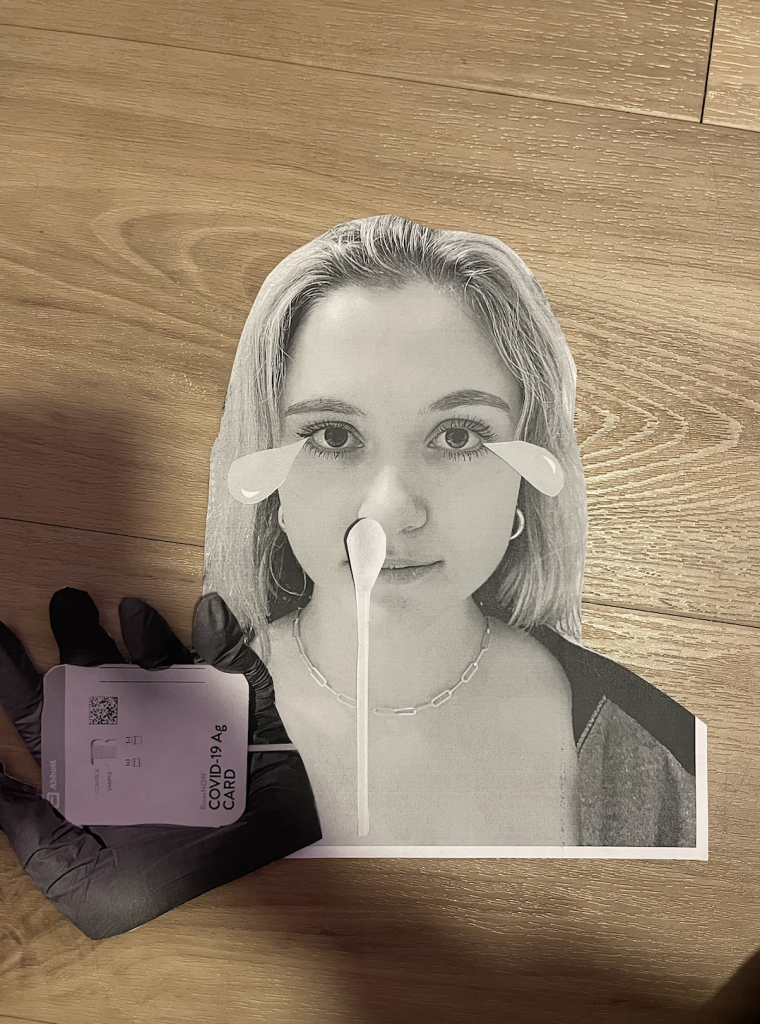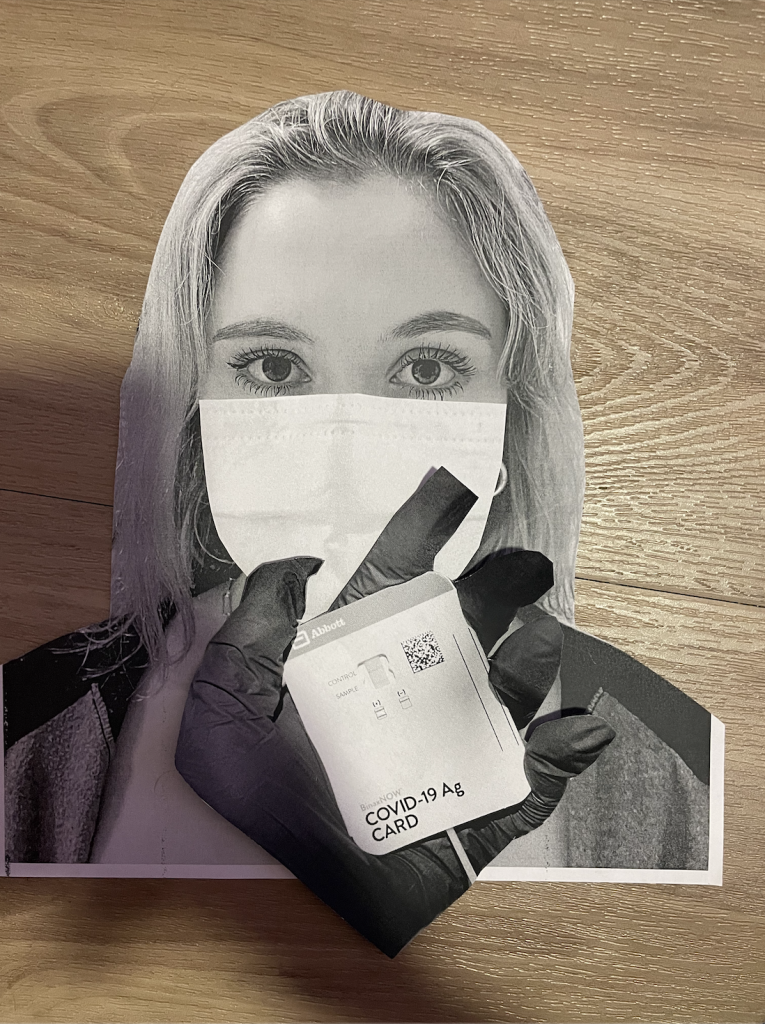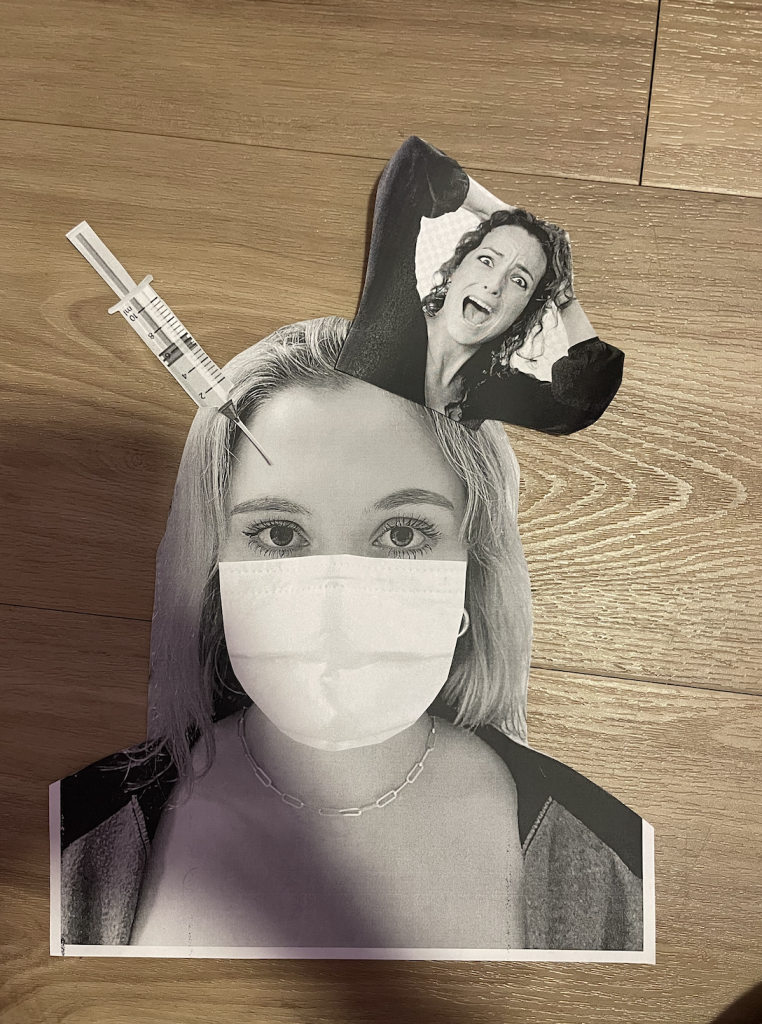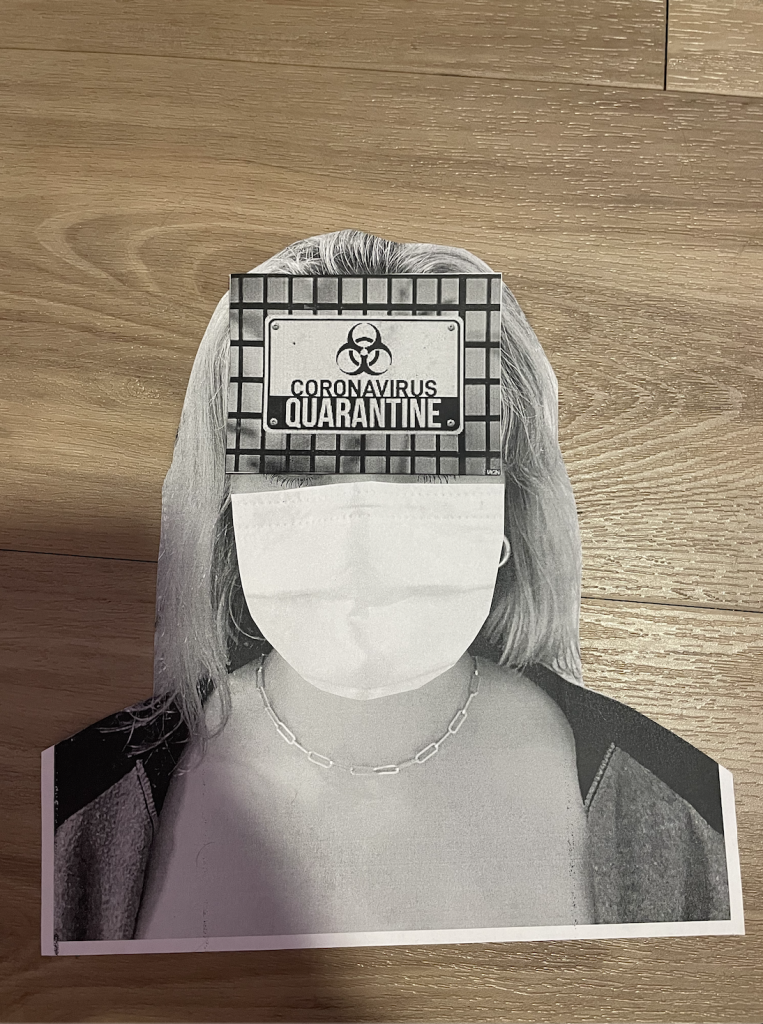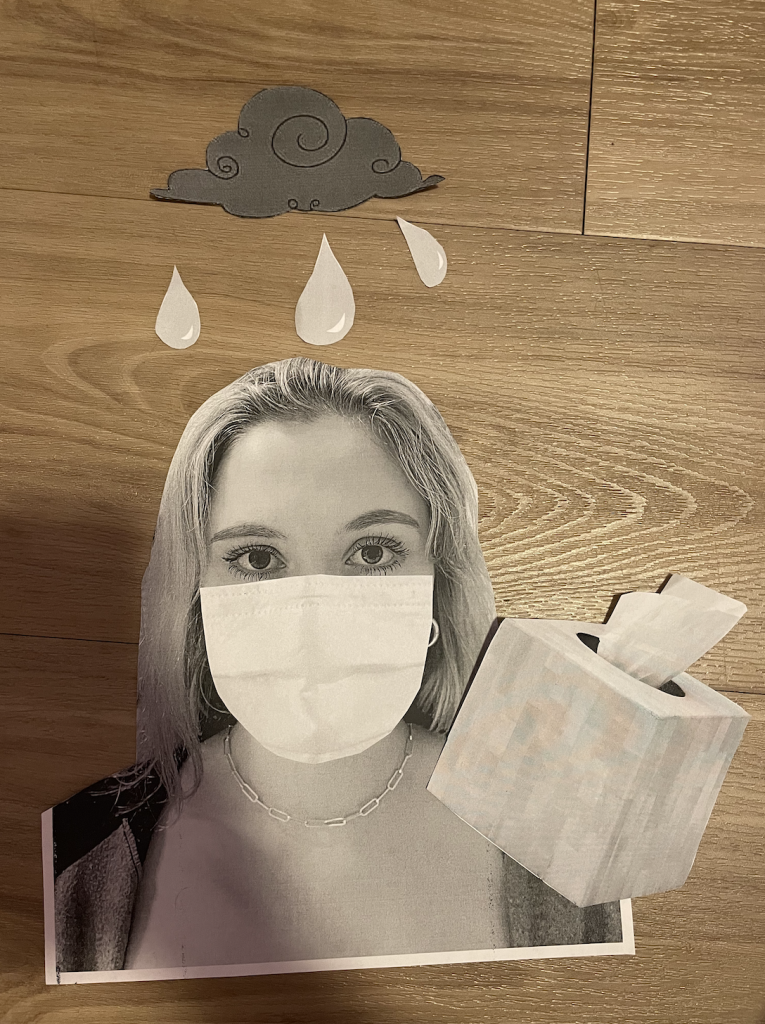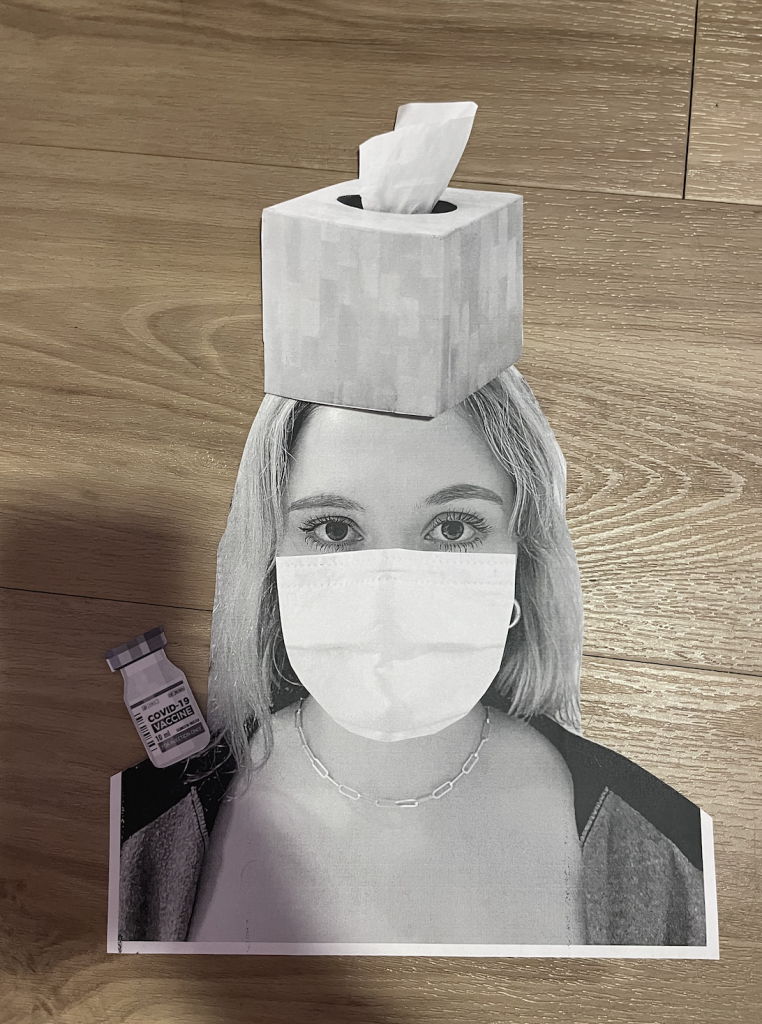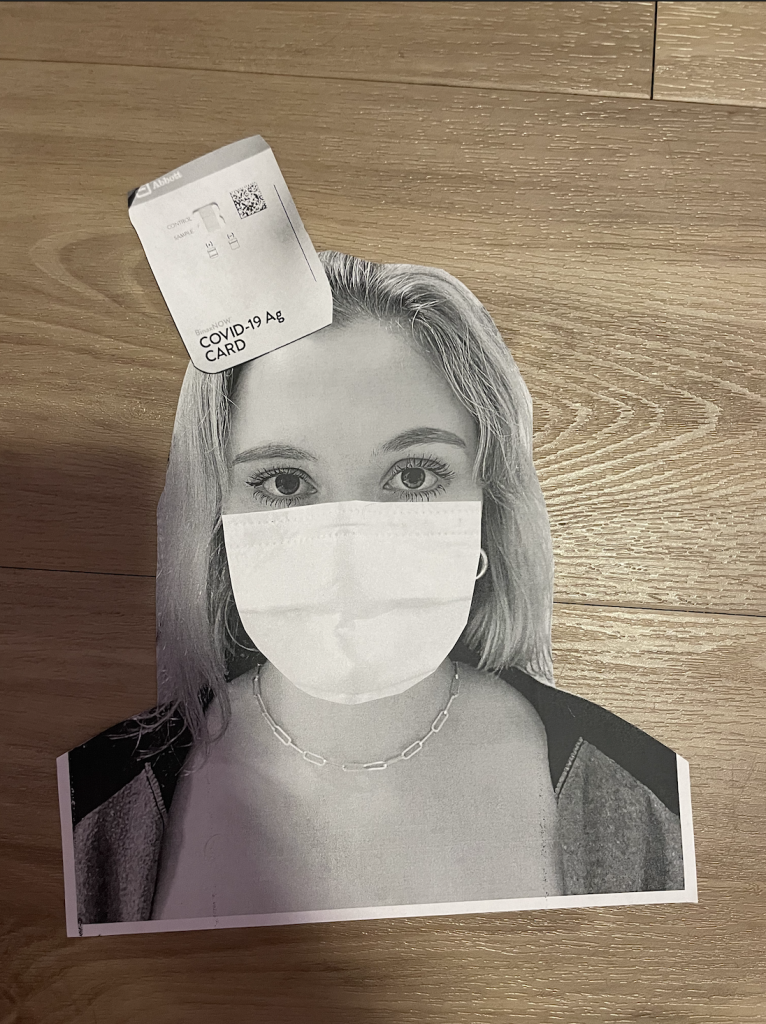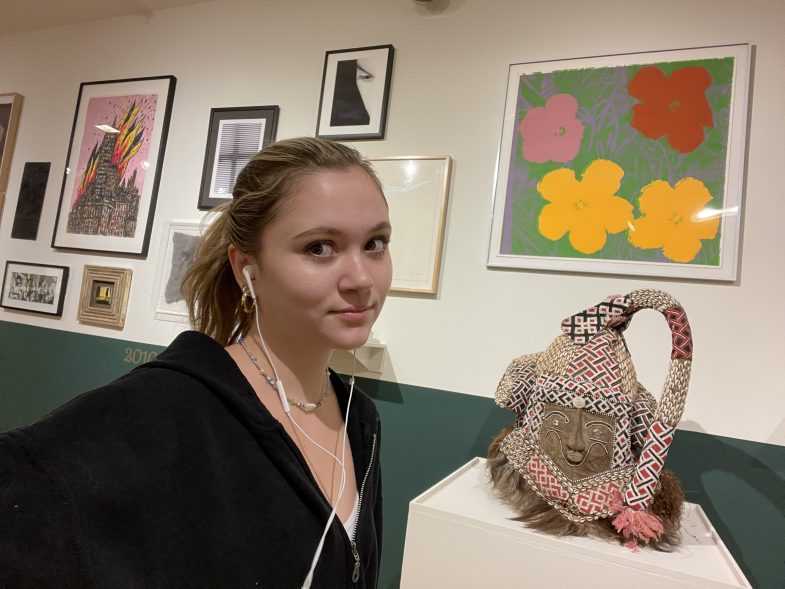
Author: Caroline Wygal
Collages for Project 2 Caroline Wygal
Writing Assignment 1 – Caroline Wygal
From the documentary, I learned that there are 5000 known species of Radiolarians. Haeckel, who was one of the most widely read authors of the 19th century was the first to name and draw them.They are microscopic beings part of the oceanic plankton family who absorb their prey.
They all have a unique form, and are a species that is over 500 million years old. Haeckel’s life and work interested me because he took risks in tying together art and science during a period of order and logic. Since the time of Aristotle, people have viewed the world with order. Animals were seen in fixed forms made by God. By the 18th century the Enlightenment philosophers had come to see the natural world as a vast and orderly museum created by God and science. By the 19th century Romanticism came in, and saw the outer world as beautiful and changing. There was conflict and hidden meanings. Haeckle was born between the Enlightenment and Romantic period. Art and science were considered widely different. Art was seen as beautiful and science logical. His drawings were able to convince society that they were related. I thought differently about the relationship of art and science through him because he regarded the chief task of the scientist as important as the artist, to depict the world around them with both the precision of a researcher. This explanation helped me see how both subjects help to understand the unknown natural aspects of the world. Art can help people understand things more scientifically, such as the drawings Haeckel made helped people understand how they looked. The conceptual implications of creating radiolarian sculptures based on Haeckel’s drawings are that we are trying to recreate something real, natural, and living into a lifeless sculpture that looks exactly like what we are trying to depict.
